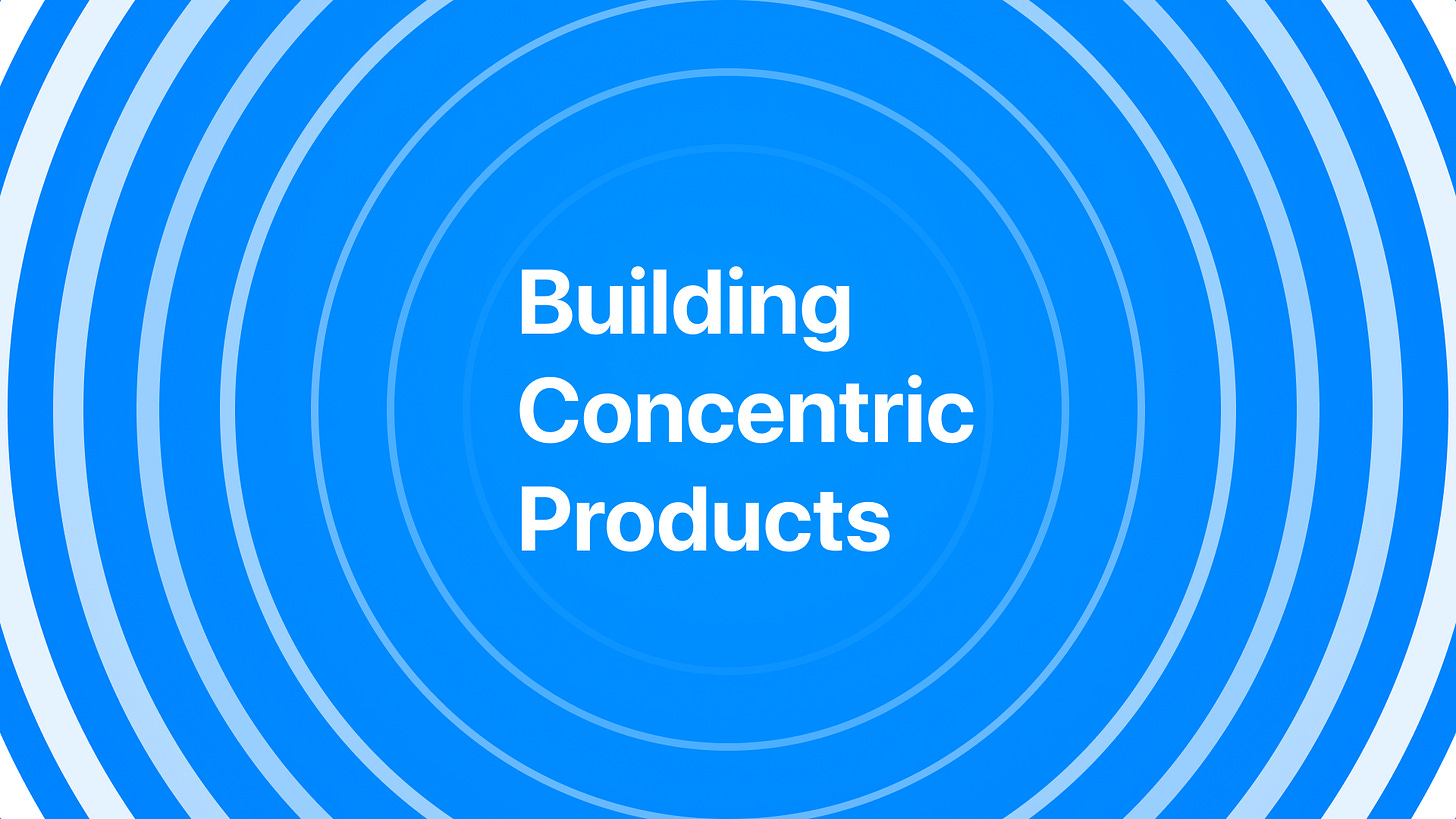Building Concentric Products
How to ship products on tight timelines.
Several years ago, I learned about Concentric Development, a game design framework championed by Richard Lemarchand that makes it easy to scope, de-risk, and ship large projects. After applying the framework to several personal projects, I understood just how valuable it was, and started applying the core philosophy to more of my life.
Concentric Development boils down to building the core of a product before working on successive layers. Imagine the keep in the middle of a castle, where kings and queens are hidden safely behind layers of walls, moats, and barricades. Without them, the layers of protection aren’t worth much.
In game development, developing concentrically means building the core mechanics before iterating on visual assets.
In film, developing concentrically means nailing down the story before preparing treatments.
In product development, developing concentrically means identifying the problem you’re solving before pitching, writing code, or starting a company.
When you develop concentrically, you solidify the core of your work before moving on— before you build supporting features, you make sure you have something worth supporting. This approach is very different from iterating on a minimum viable product; rather than building a half-baked version of your project, concentric development involves answering the hard questions first and building successive layers at the highest quality possible.
Once you’ve identified the core and begin working on additional layers, you’ll enjoy three key advantages…
You can test periodically. You don’t want to wait until the end of your project to see if everything’s working— it’s much easier to test when there are fewer variables to deal with. When you’re able to evaluate your work often, you can make changes and re-prioritize without sacrificing too much.
When you run out of time, you’ll still have something to show. Most projects will take longer than expected and produce last-minute problems that compromise your work. If you’re building concentrically, you’ll always have earlier versions of your project that are ready to ship.
If the core of your project isn’t working, you can confidently cut your losses. When projects are disorganized, it’s hard to figure out why things are going wrong and how to move forward. If you’re only evaluating one, high-quality piece at a time— starting with the most important piece— you’ll know whether or not your project is headed in the right direction.
Ultimately, building concentrically gives you more control over your work. When you have a strong understanding of how the pieces fit together, you can run more effective tests, diagnose issues quickly, and produce excellent work under less stress. Every project has its own set of problems, and no framework can solve them all. But if you’re building concentrically, you can identify the most important problems before it’s too late.


